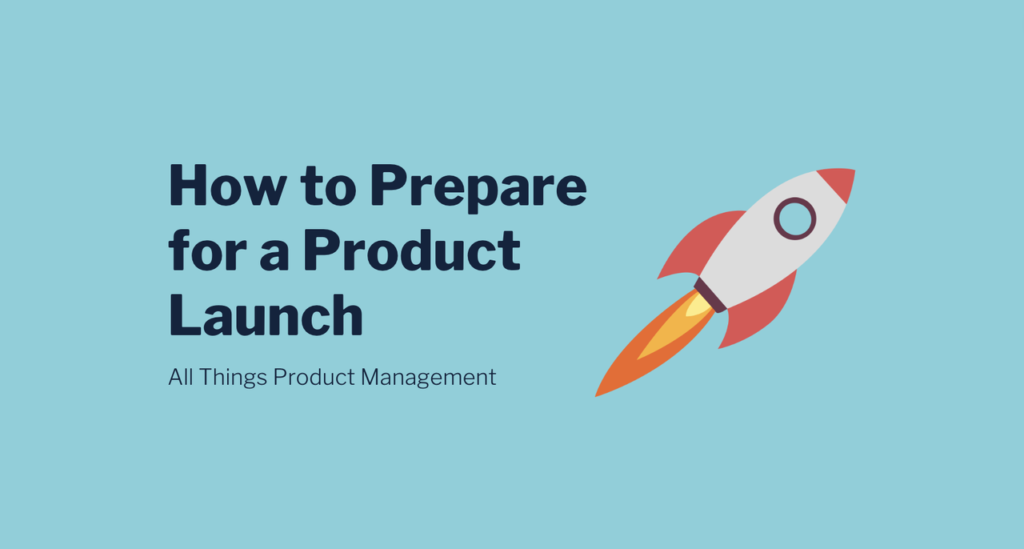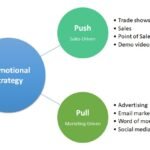Preparing for a Product Launch: A Comprehensive Guide
- By -Lepage Kathy
- Posted on
- Posted in Uncategorized
Launching a product is a pivotal moment for any business. It represents the culmination of countless hours of research, design, testing, and iteration. However, a successful product launch requires more than just a great product; it demands meticulous planning and strategic execution. In this article, we’ll explore the essential steps and considerations for preparing a product launch that captures attention, generates buzz, and drives sales.

1. Set Clear Objectives and Goals
Before diving into the details of your product launch, it’s crucial to define clear objectives and goals. These will serve as your guiding light throughout the launch process. Consider the following questions:
- What are you aiming to achieve with this launch?
- What are your sales targets?
- What are your brand awareness goals?
- How will you measure success?
Having specific, measurable, achievable, relevant, and time-bound (SMART) goals will help you stay focused and evaluate the effectiveness of your launch.
2. Understand Your Target Audience
A successful product launch hinges on a deep understanding of your target audience. Conduct thorough market research to identify who your ideal customers are, what their pain points are, and how your product can address their needs. Consider creating detailed buyer personas to visualize and empathize with your audience. Key factors to explore include:
- Demographics: age, gender, income, education, etc.
- Psychographics: interests, values, lifestyle, etc.
- Buying behavior: purchasing habits, decision-making process, etc.
3. Develop a Unique Value Proposition (UVP)
Your unique value proposition is the compelling reason why customers should choose your product over competitors. It should clearly articulate the unique benefits and features of your product. A strong UVP answers the following questions:
- What problem does your product solve?
- How is it different from existing solutions?
- What specific benefits does it offer?
Ensure your UVP is concise, clear, and prominently featured in all your marketing materials.
4. Create a Comprehensive Marketing Plan
Your marketing plan is the roadmap for promoting your product and generating buzz. It should encompass a mix of channels and tactics to reach your target audience effectively. Key components of a robust marketing plan include:
- Content Marketing: Develop a content calendar that includes blog posts, videos, infographics, and case studies that highlight the benefits and features of your product.
- Social Media Marketing: Leverage platforms where your audience is most active. Create engaging posts, run targeted ads, and use hashtags to increase visibility.
- Email Marketing: Build a mailing list and send out teaser campaigns, launch announcements, and follow-up emails.
- Public Relations: Reach out to industry influencers, bloggers, and journalists to secure coverage and reviews.
- Paid Advertising: Invest in pay-per-click (PPC) ads, social media ads, and other forms of paid advertising to increase reach and visibility.
5. Plan Your Launch Event
A launch event can be an excellent way to generate excitement and engage with your audience. Whether it’s a physical event or a virtual one, careful planning is essential. Consider the following elements:
- Venue: Choose a location that aligns with your brand and is accessible to your target audience.
- Invitations: Send out invitations to key stakeholders, influencers, media, and potential customers well in advance.
- Agenda: Plan a detailed agenda that includes product demonstrations, guest speakers, and interactive sessions.
- Promotions: Promote the event through your marketing channels to maximize attendance.
- Follow-Up: Collect feedback and follow up with attendees to maintain momentum post-event.
6. Prepare Your Sales and Support Teams
Your sales and support teams play a critical role in the success of your product launch. Ensure they are well-prepared and equipped with the necessary knowledge and resources. Key steps include:
- Training: Conduct training sessions to familiarize your teams with the product’s features, benefits, and unique selling points.
- Resources: Provide them with marketing materials, FAQs, and demo scripts to assist in their interactions with potential customers.
- Alignment: Ensure alignment between your marketing, sales, and support teams to provide a consistent and seamless customer experience.
7. Monitor and Analyze Performance
Once your product is launched, it’s crucial to monitor its performance and gather insights. Use analytics tools to track key metrics such as:
- Website traffic and conversion rates.
- Social media engagement and reach.
- Sales figures and revenue.
- Customer feedback and satisfaction.
Analyze this data to identify what’s working well and what needs improvement. Be prepared to make adjustments to your marketing strategies and product offerings based on these insights.
8. Post-Launch Activities
The launch is just the beginning. Post-launch activities are equally important to sustain momentum and drive long-term success. Consider the following actions:
- Customer Feedback: Continuously gather and analyze customer feedback to identify areas for improvement and opportunities for new features.
- Updates and Enhancements: Regularly update and enhance your product based on customer needs and market trends.
- Marketing Campaigns: Keep the buzz alive with ongoing marketing campaigns, promotions, and customer engagement activities.
Conclusion
Preparing for a product launch is a complex and multifaceted process that requires careful planning, strategic execution, and continuous monitoring. By setting clear objectives, understanding your target audience, crafting a compelling value proposition, and executing a comprehensive marketing plan, you can maximize your chances of a successful launch. Remember, the launch is just the beginning—ongoing efforts to engage with your customers and refine your product will ensure its long-term success in the market.



